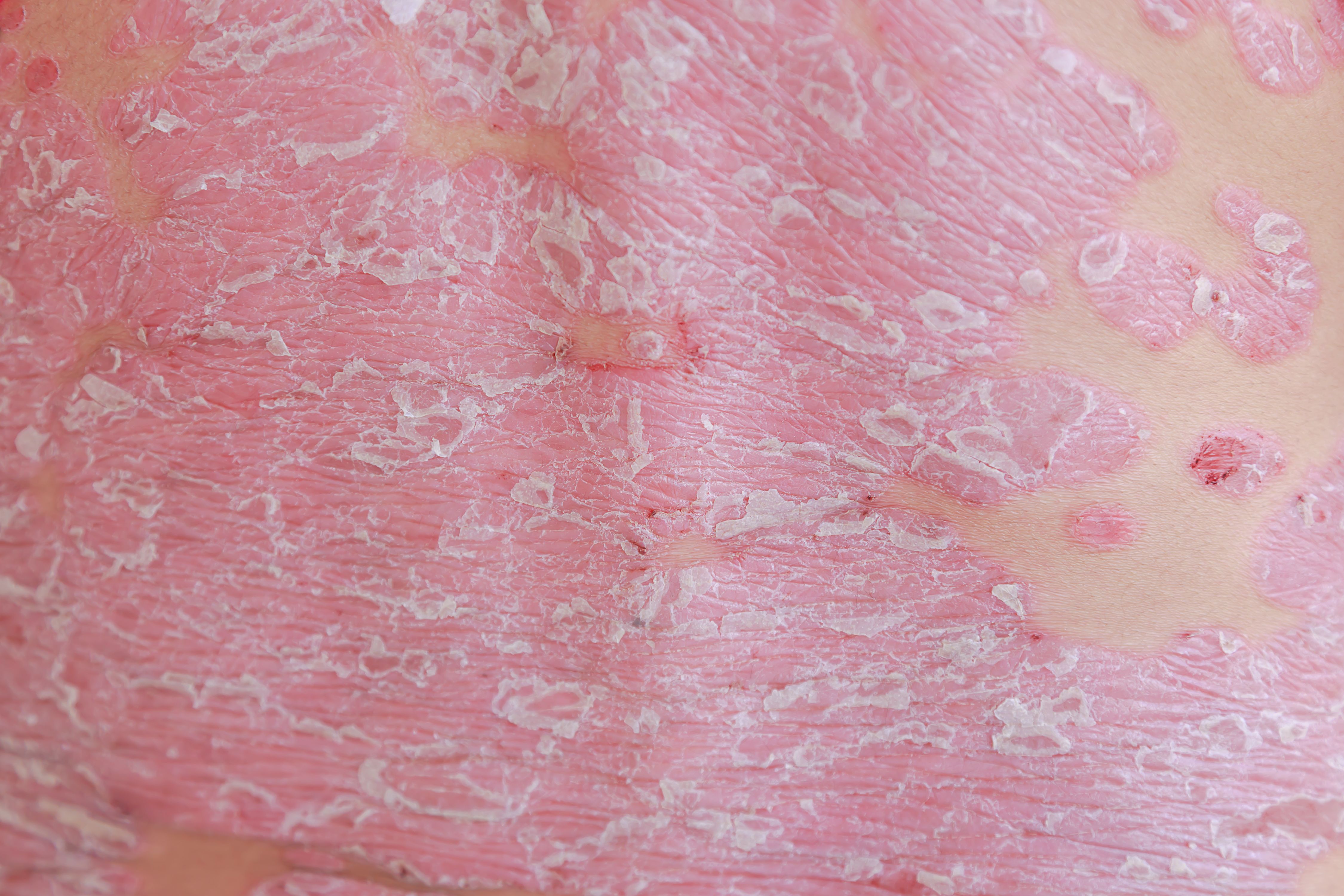Article
Silicone Film Skin Dressings May Prevent a Certain Side Effect in Patients With Breast Cancer Undergoing Radiation
Author(s):
Mepitel Film skin dressings reduced rates of radiation dermatitis — a type of skin-related side effect — compared to standard of care in women undergoing radiation for breast cancer, according to recent research.
Most patients with breast cancer who undergo radiation therapy develop acute radiation dermatitis, a skin-related side effect that occurs shortly after treatment.
When radiation dermatitis becomes moderate or severe, it can affect patients’ quality of life, and even lead to treatment interruptions — highlighting the need for the prevention and/or treatment of this condition.
Study findings showed that 15.54% of patients with breast cancer who used the Mepitel Film skin dressing developed moderate to severe radiation dermatitis, compared to 45.6% in the standard care group.

“Radiation is important to prevent locoregional recurrence,” explained Dr. Edward Chow, a senior scientist at the Sunnybrook Research Institute in Toronto. “However, radiation-induced skin toxicity — also known as radiation dermatitis — is common, and patients who develop moderate to severe radiation dermatitis may experience treatment interruption and increased risk of long-term toxicity.”
According to recent research, Mepitel Film, a silicone-based dressing that is applied to the skin before radiation, may offer a possible solution, especially for patients at high risk for the side effect — such as those who underwent a mastectomy, have large breasts, are receiving a large dose of radiation, have current skin conditions, smoke or are undergoing chemotherapy and radiation therapy simultaneously.
The research included women with breast cancer who underwent a mastectomy and were receiving radiation treatment. To be eligible, patients with large breasts (defined as a bra size of 36 or higher or a C cup or larger) must have undergone breast-conserving therapy.
All patients on the study were receiving radiotherapy to the whole breast and/or chest wall: 266 were assigned to have Mepitel Film applied, while the other 137 were assigned to undergo their cancer center’s standard treatment for radiation dermatitis.
“Supportive skincare regimens are highly variable across institutions, but commonly used (treatments) are aqueous creams and washing with soap and water,” Chow said.
Ultimately, data were collected from 243 patients in the Mepitel Film group, and 124 in the control group. Eight patients switched from the Mepitel Film group to the standard care group.
Study findings showed that 15.54% of patients who used the Mepitel Film developed moderate to severe radiation dermatitis, compared to 45.6% in the standard care group. When it came specifically to severe radiation dermatitis, rates were 2.79% and 13.6% in the Mepitel Film and standard care treatment groups, respectively.
The use of Mepitel Film most drastically reduced the incidence of moist desquamation, a painful thinning and fluid drainage of the skin. A total of 7.97% of patients in the Mepitel Film group experienced this side effect, compared to 19.2% in the standard care group.
Improvements were seen with both patient- and clinician-provided outcomes.
“Patients (also) reported reductions in tenderness, discomfort, pain, burning sensation, blistering, erythema (reddening) and edema (swelling), Chow said. “(Health care providers) reported reduction in erythema, pain and blistering.”
Further, patients in the Mepitel Film group were prescribed fewer topical antibiotics to treat radiation dermatitis compared to the standard care group, at 23.1% and 43.2%, respectively.
“This study confirmed that this film is beneficial in patients with a higher risk of (radiation dermatitis), and therefore we recommend consideration of Mepitel Film to help prevent moderate to severe (radiation dermatitis) in patients at high risk,” Chow said.
For more news on cancer updates, research and education, don’t forget to subscribe to CURE®’s newsletters here.
















